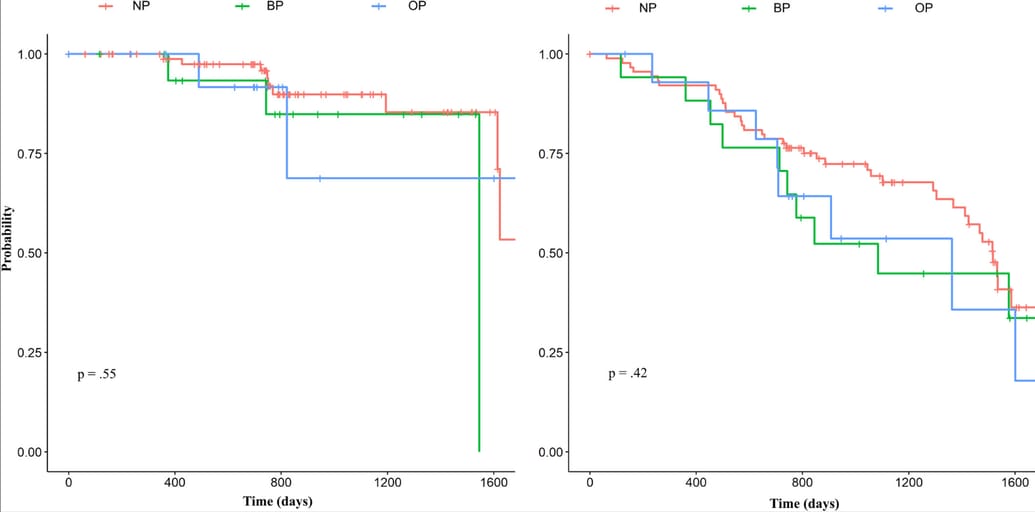- Veterinary View Box
- Posts
- Monitoring renal value in older dogs, is it worth recommending?
Monitoring renal value in older dogs, is it worth recommending?
J Vet Intern Med. 2025
Sofie Marynissen 1, Sylvie Daminet 1, Evelyne Meyer 2, Kristel Demeyere 2, Emmelie Stock 3, Joris Delanghe 4, Luc Duchateau 2, Dominique Paepe 1
Background
Early detection of chronic kidney disease (CKD) in dogs is critical for timely intervention, but conventional diagnostic markers often identify disease only after significant renal damage has occurred. This longitudinal study evaluated the progression of renal biomarkers over time in a population of aging, clinically healthy dogs to assess early indicators of renal dysfunction.
Methods
Fifty-seven dogs aged ≥6 years were monitored over a three-year period, undergoing annual renal health screenings. Evaluations included serum creatinine, symmetric dimethylarginine (SDMA), blood urea nitrogen (BUN), urine specific gravity (USG), and urine protein-to-creatinine ratio (UPC). Dogs were excluded if they had pre-existing systemic disease. Progression to CKD was defined based on International Renal Interest Society (IRIS) guidelines.
Results
By study end, 23% of dogs developed IRIS stage 1 or higher CKD. SDMA was the earliest marker to increase in affected dogs, often preceding creatinine elevation by several months. Longitudinal data showed that dogs with rising SDMA and stable creatinine levels later exhibited declining USG and increasing UPC, suggesting subclinical renal damage. Only a subset of dogs with abnormal values progressed to overt CKD, indicating variability in progression. Repeated testing improved early detection, as single measurements were less predictive.
Limitations
The relatively small cohort and single-center nature may limit generalizability. Variations in breed, size, and diet were not controlled. The study focused on laboratory markers and did not include imaging or histopathology for comprehensive renal assessment.
Conclusions
Serial renal biomarker assessment, especially including SDMA, improves early detection of CKD in aging dogs. SDMA is a sensitive early indicator, and longitudinal monitoring allows better risk stratification and earlier clinical intervention than single-point evaluations. Regular renal health screening is recommended for older dogs, even in the absence of clinical signs.

Kaplan–Meier plots for development of azotemic chronic kidney disease (left, log-rank p = 0.55) and death (right, log-rank p = 0.42) in 122 healthy appearing, older dogs, with stratification according to urinary protein: Creatinine ratio (UPC) group at baseline: NP (non-proteinuric [UPC < 0.2, red]) versus BP (borderline proteinuric [UPC 0.2–< 0.5, green]) versus OP (overt proteinuric [UPC ≥ 0.5, blue]). Time expressed in days.
How did we do? |
Disclaimer: The summary generated in this email was created by an AI large language model. Therefore errors may occur. Reading the article is the best way to understand the scholarly work. The figure presented here remains the property of the publisher or author and subject to the applicable copyright agreement. It is reproduced here as an educational work. If you have any questions or concerns about the work presented here, reply to this email.